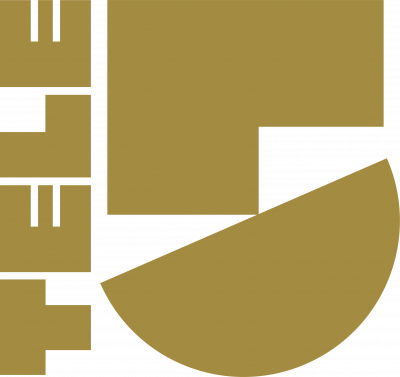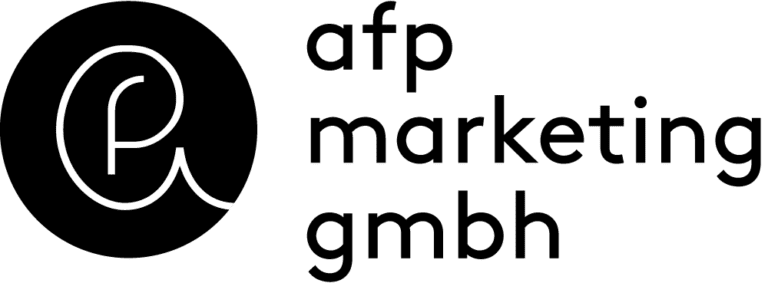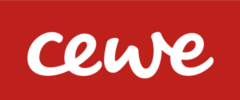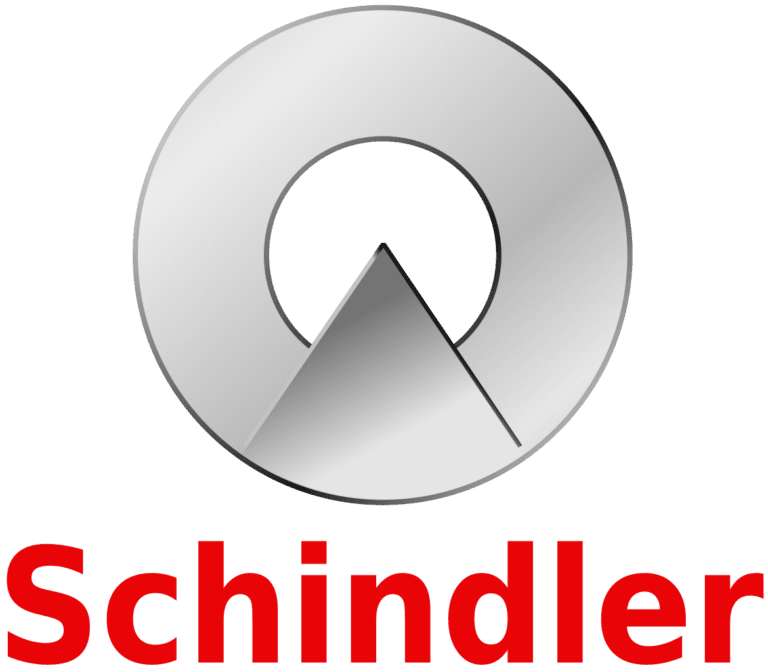
REST API
Develop
this is how you benefit
- Realize smooth processes across system boundaries
- Integrate DAM and PIM seamlessly into processes
- Bidirectional communication possible
- Develop your own apps – thanks to an open and documented API
Digital assets play a role in a variety of processes such as e-commerce, the creation of print products, product management, and customer communication. As a rule, companies use different systems and tools to map these tasks. These include ERP (SAP) and CRM systems (Typo3, WordPress, Drupal), shop systems, and data publishing solutions. Thanks to the REST interface (REST API), you can easily connect these and many other applications to 4ALLPORTAL digital asset management.
REST API for digital asset management: How to connect third-party systems
An open programming interface for DAM is capable of four methods: GET, PUT, POST, and DELETE. This means that your DAM system can retrieve data from a third-party system with the help of the REST interface. It is also able to create, update, and delete data on a third-party system.
4ALLPORTAL digital asset management uses the REST API whenever third-party systems need to be connected. From Version 3.8, this is done via a new, optimized programming interface – the RESTful API.
REST(ful) API for digital asset management: Even more options for DAM integration
As of Version 3.8, 4ALLPORTAL digital asset management has a RESTful interface. This opens up even more technical possibilities and functions. You also benefit from accelerated processes and a transparent, uniform structure. The DAM programming interface is documented and freely available from Swagger. Thanks to its language independence, it is suitable for integration in a wide variety of environments.
The improved DAM programming interface is ideal for developers and user companies who wish to expand 4ALLPORTAL DAM and develop 4ALLPORTAL apps of their own.
The REST(ful) interface allows for multiple integrations in the DAM environment
With the REST(ful) API for digital asset management, you can implement the following variants of system communication:
- Communication from 4ALLPORTAL to third-party systems
- Communication from third-party systems to 4ALLPORTAL
Let’s take a closer took at these two variants in the following.
1. Communication from 4ALLPORTAL to third-party systems
One typical scenario for this variant is the connection of content management systems such as Typo3 and WordPress. 4ALLPORTAL offers connectors for both CMS based on the REST interface. The same goes for the transfer of data to data publishing software such as Chili Publish or priint:suite. For example, say you transfer files and metadata to the Chili editor. The Chili editor can then place the complete product data including images, text, and master data in a template. priint:suite, on the other hand, uses the REST(ful) API to transfer product data into an InDesign document, which allows you to automate the creation of complete catalogs.
From Version 3.7, 4ALLPORTAL DAM also offers the option to use webhooks. With this feature, digital asset management software can trigger certain actions in third-party systems. For example, a message can be generated automatically (via messenger services or e-mail, for example) whenever certain data or the status of an asset is changed. However, automated status changes in workflow tools such as Workato or Microsoft Flow can also be realized with the help of webhooks.
2. Communication from third-party systems to 4ALLPORTAL
Thanks to the REST API, not only is Digital Asset Management able to communicate with third-party systems. The opposite route is also possible. This means that any third-party application can create, edit, and delete data in the DAM system.
One possible application is the transfer of data from source systems such as ERP, CMS, and online shops. This is an interesting option for the transfer of product data from SAP to the PIM module of 4ALLPORTAL, for example.










